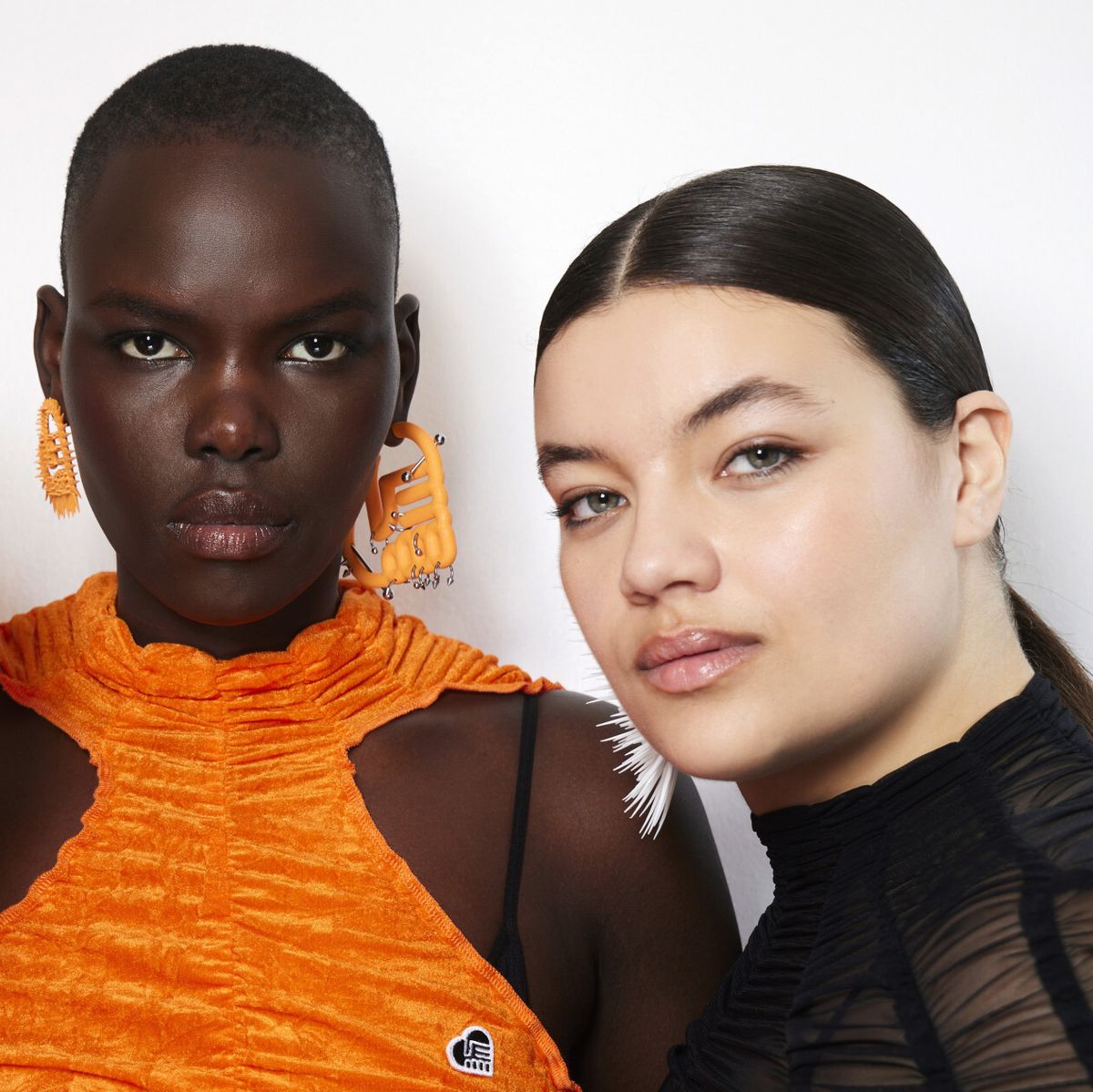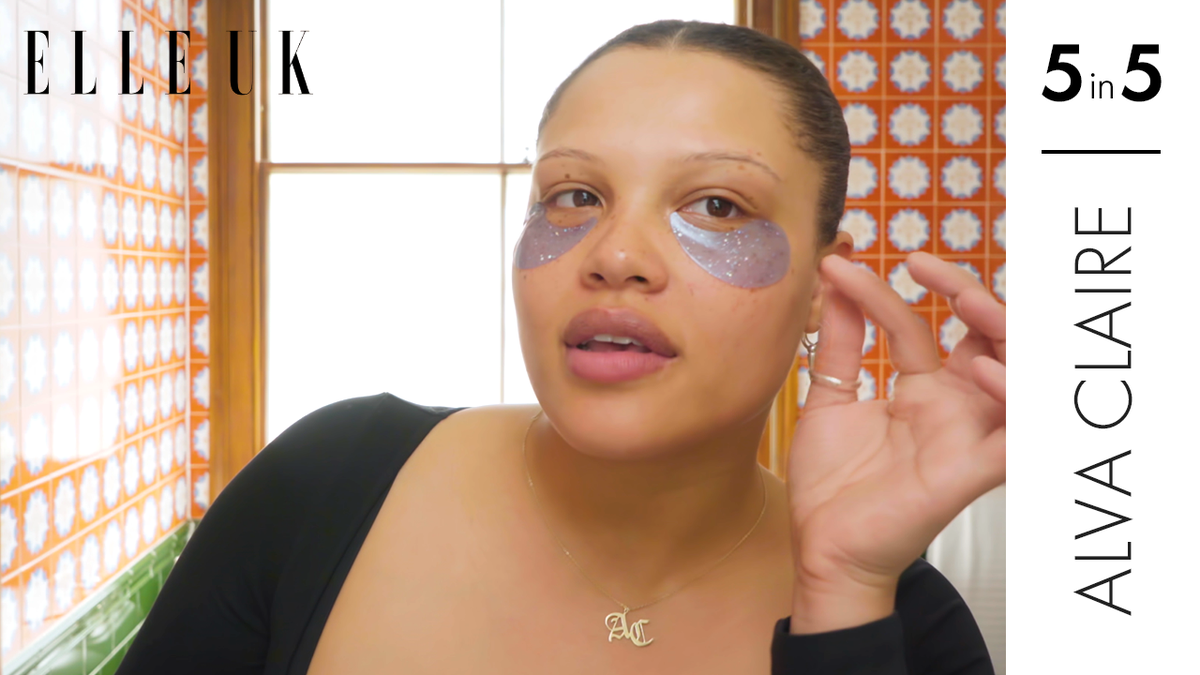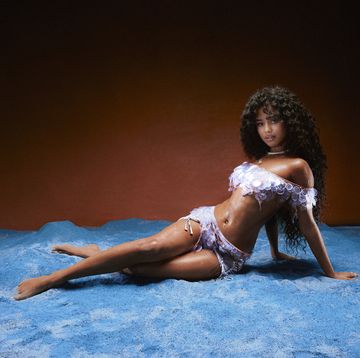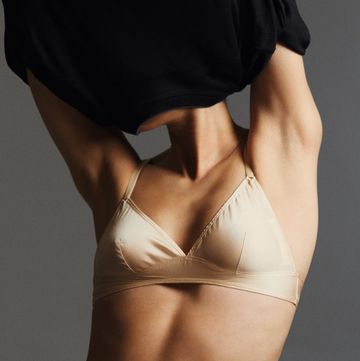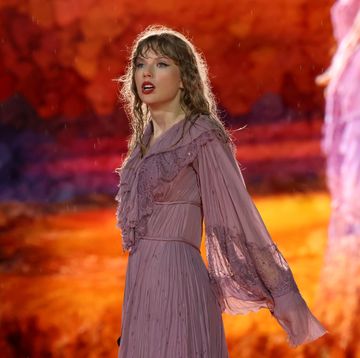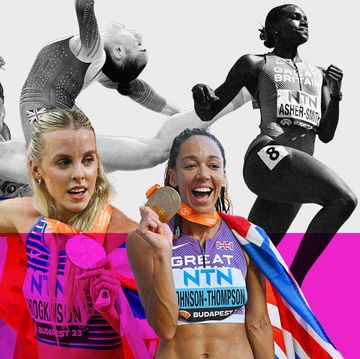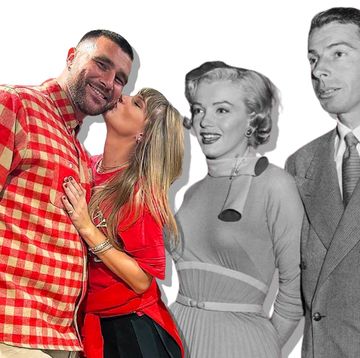Medical aesthetics is currently undergoing a facelift. On the surface, the industry is booming – after a 7% loss in 2020, consulting company McKinsey now predicts a 26% CAGR growth rate by 2026 meaning the world of aesthetics has, in theory, never looked more appealing. However, even with such resilience in areas such as dermal fillers, biostimulators and neuromodulators, the industry faces a new crowd that requires it to approach aesthetics differently. Gen Z, now one of aesthetics' biggest customers, is pushing for further refinement, championing for more inclusivity and diversity.
LS: N Global’s Augmenting Beauty with Generation Z report highlights that, according to the 2022 American Academy of Facial Plastic and Reconstructive Surgery survey, almost 75% of facial plastic surgeons saw a significant increase in cosmetic surgery requests from under-30-year-olds. Furthermore, the study reports that the top three minimally invasive treatments were neurotoxins, fillers, and topical peels; for surgical procedures, they were facelifts, blepharoplasties, and rhinoplasties – the latter being the most requested among patients under 34.
Now, with surgical transparency and preventative procedures in line with wellbeing and longevity lifestyles, the 'behind closed doors' approach to aesthetics is a thing of the past. 'When it comes to Gen Z’s identity and relationships, past rules don’t apply,' says Olivia Houghton, the Lead Beauty Analyst and Creative Foresight Editor at strategic foresight consultancy, The Future Laboratory. Instead, alongside re-writing stigmas, the demand is now for medical aesthetics to ensure that genderless, fluid and ever-changing identities are accepted wholly into the fold. 'Our reports have found that for Gen Z, gender norms seem to be outdated and identity is more fluid, giving young people the space to present aesthetically however they choose,' says Houghton, who adds, 'anything is possible when it comes to Gen Z beauty'.
'There is a shift to inclusivity, and the rise of gender-neutral treatments is just an extension and next evolution of the shift in beauty overall,' explains Dr Timm Golueke, Board-certified Dermatologist and Founder of Royal Fern Skincare who says that the sentiment aesthetics is now facing is rooted in being happy in your skin. 'People will continue to seek out procedures that allow their physical appearance to match their identities authentically.' It’s a similar thought and dynamic switch that Natali Kelly, an Aesthetics Practitioner, has seen in her clinic, 'I have noticed a requested rise in gender neutral treatments. We use dermal fillers for a range of needs now. We get asked [regardless of gender] to volumise and soften facial features and then on the flip side contour and define areas, creating harsher and sharper lines.'
FIND OUT MORE ON ELLE COLLECTIVE
But, from an industry that has traditionally approached gender and diversity through a singular lens, what does genderless aesthetics look like today and in the future? First and foremost, there’s facial anatomy to consider. 'Genetic male and female facial anatomy differ. A full-face approach is required when treating under the compass of gender neutrality,' shares Dr Jessica Halliley, GetHarley practitioner. For Dr Halliley, patients assigned a male at birth vs a female have flatter eyebrows, lower cheekbones, wider nose, chin, and a squarer, more defined jawline. 'These anatomical areas can be treated with aesthetics for gender neutrality,' she explains. As for areas that injectables can redefine, 'the most effective areas to treat are the jawlines and cheeks and then the lips and eyebrow positioning. This helps to give the appropriate re-structure required,' explains Dr Tara Francis, GetHarley Practitioner.
While the industry is seeing a massive shift in the conversation surrounding genderless treatments, experts are also seeing those who identify as male and as female also consider more options. Based on social media coverage alone, neuromodulators grew 5x from 2010 to 2020, and 8x for fillers and botox, with 60% coming from people under 25 and 60% being men, according to Mckinsey. 'We have seen a dramatic increase in men seeking services that push the needle. Men want plumper lips and softer features, and women want stronger jawlines – gender norms are now being challenged,' says Troy Pittman, Board-Certified Plastic Surgeon MD FACS of Somenek+PittmanMD in Washington, D.C. and NYC. It's clear that aesthetic treatments no longer pertain to the strict gender identities it once did. 'The lines will become blurred across gender boundaries, except for non-binary populations transitioning; the focus will be more trend-led, i.e. 'traptox' and 'fox eyes' as opposed to gender-led,' says Dr Ewoma Ukeleghe, Medical and Cosmetics Doctor. Therefore, as more people approach their treatments to feel better about their skin, surgical or not – as reports also note increases in lasers, peels, LED and facials overall – what was heavily weighted to one gender is not the consideration medical experts predict for the future of aesthetics.
Yet, while we can see progression in some aspects, experts still consider room for improvement in others. 'It’s so important that, outside of practitioners, inclusivity is reflected within marketing and advertising to challenge outdated ideals of beauty and gender norms,' states cosmetic doctor Dr Rasha Rahkshani. As an industry that has widely advertised treatments to not only caucasian women but also represented the female and male form with results reflecting a lean and toned build, it has left many patients out. 'There is still a way to go in the industry towards celebrating gender neutrality. Most advertising we see regarding tweakments is still very much marketed towards women, less so men, and even less have an all-inclusive approach,' says Dr Halliley.
Another consideration that Dr Ewoma and Dr Halliley mention is essential for progression alongside advertising and marketing in the light of gender fluidity is the language used among practitioners with their patients. 'An open mind and two-way dialogue aligning on the patient’s beauty goals is essential,' states Dr Ewoma. Adding to this point, Dr Halliley emphasises that the focus should always be a thorough consultation between practitioner and patient. 'The key is to listen to the patient’s concerns and what they hope to achieve, rather than the practitioner leading the conversation and automatically advising what they think will look best – as often this is dictated by historical gender profiles.' As Kelly puts it, 'All treatments can and should be bespoke to the individual regardless of age, nationality, genetics, gender and personality, and we as practitioners have a responsibility to respect and re-learn that.'
So, while Dr Gouleke motes that we can likely expect to see new technologies taking shape in the form of AI analysing patients' data for the best treatments, personalised aesthetics, and exosomes for skin rejuvenation, we can also expect an aesthetic overhaul surrounding gender and inclusivity. 'I have seen a shift in dermal filler manufacturers’ advertising toward inclusivity – gender, skin colour, and age ranges. Yet, We must continue to educate practitioners in our industry, including gender neutrality and inclusivity as topics of conversation in conferences, lectures and education platforms,' says Dr Francis. 'Aesthetics for patients can be life-changing and a soaring confidence boost, so it’s up to the industry to provide that welcoming and open space.' For that reason, we can expect medical aesthetics to focus on cosmetic alterations tailored to the individual, leaving old gender stereotypes to the wayside as beauty, identity, and aesthetics continue to blur for the evolving consumer.
ELLE Collective is a new community of fashion, beauty and culture lovers. For access to exclusive content, events, inspiring advice from our Editors and industry experts, as well the opportunity to meet designers, thought-leaders and stylists, become a member today HERE.
